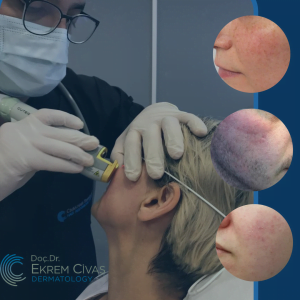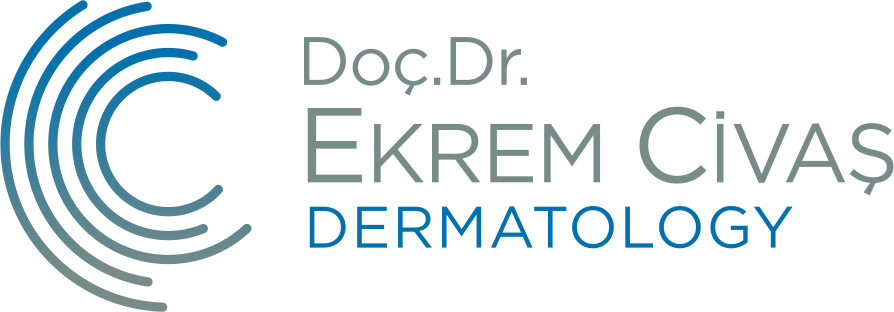
Rosacea quite a common skin disease. Patients are more predisposed to redness of the face as compared to other parts of the body. Redness starts from the nose and slowly progresses to the chin and ears, and can even spread to the chest. Apart from redness it can cause symptoms such as papules (blisters), pustules (acne) and thickening of the skin.
Rosacea (Rose Disease) Treatment ✓
Rosacea can affect anyone. But it is most common in middle-aged white women. It is a very common skin disease. Patients are more prone to facial redness than other individuals. The redness slowly spreads to the nose, chin, ears and even the chest. Apart from redness, it also causes skin findings such as papules, pustules and skin thickening.
Types of rosacea
- Facial redness and vascularization
- Redness, edema, and acne-like appearance
- Thickening and redness of the skin
- Rosacea characterized with ocular involvement
Because it is a chronic disease, rosacea can reduce the quality of life; and can cause loss of self-esteem, shame, anxiety, depression and problems in the work environment. It is common in the ages 30-50. People with light skin color, blond hair and a family history of the disease are the most prone to the illness. It is slightly more common in men.
What causes rosacea?
The main causes of redness are not exactly known. There is strong evidence that mainly points it to genetic and immune system. However, it has also been found to be associated with a bacterium that often causes stomach discomfort. In most cases a type of skin mite called Demodex has been found in rosacea patients.
What are the factors triggering rosacea?
|
FACTORS |
PATIENTS AFFECTED % |
|
Sun exposure |
%81 |
|
Emotional stress |
%79 |
|
Hot weather |
%75 |
|
Wind |
%57 |
|
Heavy exercise |
%56 |
|
Alcohol consumption |
%52 |
|
Hot baths |
%51 |
|
Cold weather |
%46 |
|
Spicy foods |
%45 |
|
Humidity |
%44 |
What are the factors that aggravate rosacea?
Sun, stress, heat, hot baths, wind, some skin care products are some of the most known factors.
What foods can trigger redness?
Alcohol, caffeinated beverages, hot and spicy foods.
How is it diagnosed?
Your dermatologist can easily diagnose redness on the skin through examination and by asking a variety of questions.
How is treated?
Treatment is determined based on the the stage and the type of rosacea. Oral antibiotics, antiparasitic creams, sunscreens, laser and other light therapies constitute the main treatment methods. Apart from this, the most important thing is to avoid the triggering and aggravating factors.

